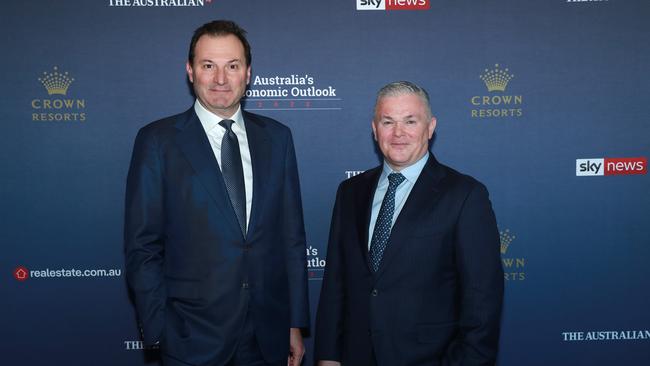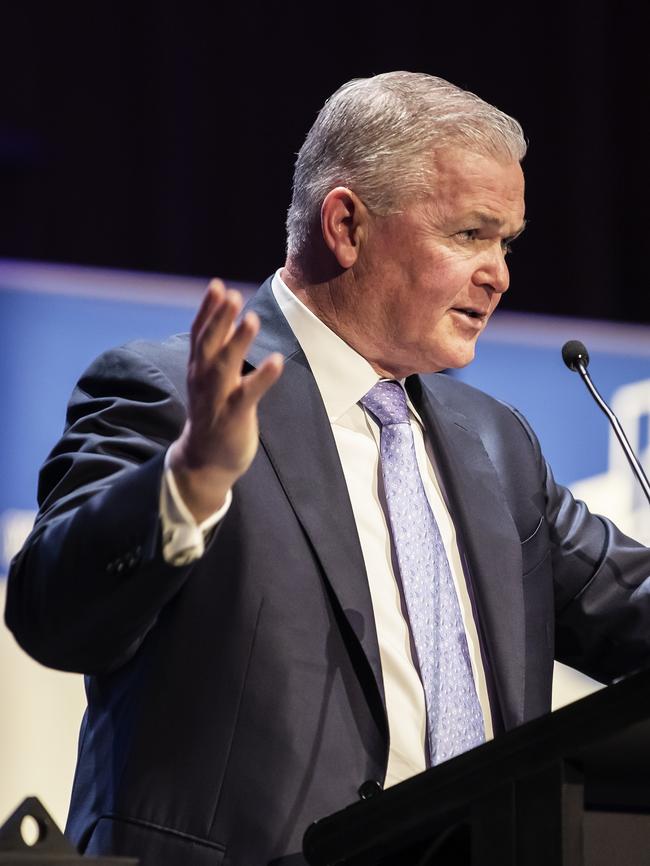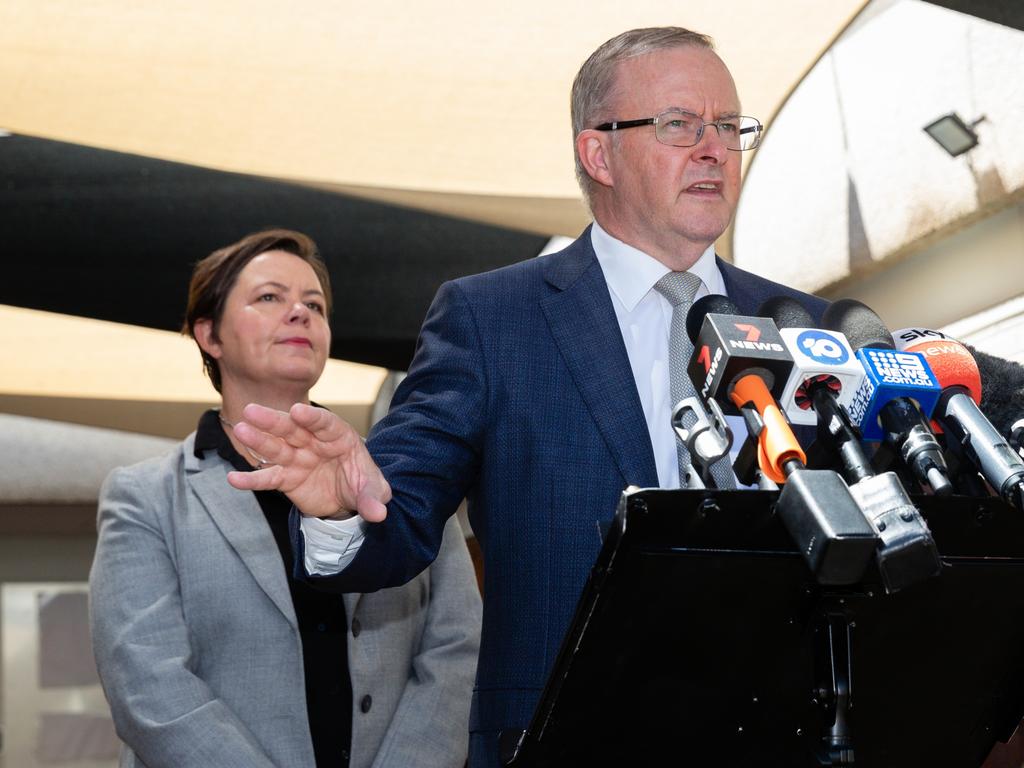Gas cap stays: ‘no quick fix’ to national energy crisis
A new gas price limit was imposed on the Sydney market and Victoria’s market remains capped as energy leaders said there was no overnight fix to Australia’s energy crisis.

A new gas price limit was imposed on the Sydney market and Victoria’s market remains capped amid soaring wholesale prices as energy leaders said there was no overnight fix to Australia’s energy crisis.
A cap was imposed on gas markets in Sydney, Melbourne and Brisbane on May 31 after wholesale prices soared to 80 times normal levels following a cold snap and the collapse of Weston Energy, with the surge described as “apocalyptic” by the Ai Group.
While the cap has now been lifted on Brisbane, the Australian Energy Market Operator reimposed a $40 per gigajoule cap on Sydney due to high underlying market prices, while Victoria’s market remains capped at the same $40 per gigajoule level.
“AEMO is monitoring gas supplies and will continue to work with market participants and stakeholders to minimise the risk of supply shortfalls,” AEMO said in a statement.
With a shadow gas price leaping to as much as $800 a gigajoule last week, AEMO was forced to intervene and set the price restriction that is still more than four times average prices.
Experts said it marked the first time the price cap had been used in the past decade, with the $800 price showing the level markets would have reached without the intervention.
“Without AEMO imposing caps, spot prices would have been 100 times higher than normal towards the end of the month with demand increasing due to winter weather as well as increased use in power generation due to a number of plant outages,” JPMorgan analyst Mark Busuttil said.

The threat of high wholesale prices causing the collapse of manufacturers may spark intervention from the government, according to the broker, with Queensland LNG producers at risk. “Government intervention has been discussed with current gas prices already impacting commercial and industrial customers,” Mr Busuttil said.
“While the main driver for higher domestic prices has likely been LNG – which is more challenging to address – exporters will be under increasing pressure to address domestic market conditions in our view.”
One of those LNG producers, Santos, said there was no overnight fix to Australia’s energy crisis as high prices and coal shortages add an extra cost slug to the economy.
“There’s nothing you can do to resolve that situation until we get the full capacity restored,” Santos CEO Kevin Gallagher told Sky News Australia’s Economic Outlook forum, referring to coal outages in the power grid.
“You can drill a few extra wells to be able to get a little bit of gas into the market. But there is a much bigger structural problem.”
Alinta chief executive Jeff Dimery said it was imperative the federal government now moved forward with a capacity mechanism, which will put incentives in place to stop the early closure of power plants and create long-term signals for investment in dispatchable generation.
‘We need to acknowledge the importance of thermal generation and the role it plays. And that lends itself to the capacity market – we need to get on and implement it post haste,” Mr Dimery told The Australian.
Origin Energy chief executive Frank Calabria told the forum that 3500 megawatts of coal was out of the national electricity market, causing high wholesale electricity prices.
“Outages will come back progressively through to August,” Mr Calabria said. “For the areas where the supply chain is a pinch point, that is the focus.” Origin has struggled to source coal for its Eraring power plant in NSW’s Hunter Valley after issues with its mine supplier, Centennial Coal.
Mr Calabria said the power system would be put at greater risk if not enough replacement generation and transmission capacity was put in place before coal exited.
“The reality is if you really want to understand that equation, then you want the orderly closure of coal to coincide with having enough of that new power system supply. A lot of people have said let’s go to the new and I think we need to get real about the infrastructure required to deliver this,” Mr Calabria said.
“In reality if you want to get to 82 per cent renewables by 2030, if you want to get to net zero ambition by 2050, it is an enormous infrastructure challenge.”
More than $14bn of power transmission projects are required to be built over the next 10 years to keep pace with a rapid influx of renewable energy and storage in different locations to the big coal generators that have historically provided the bulk of supply.





